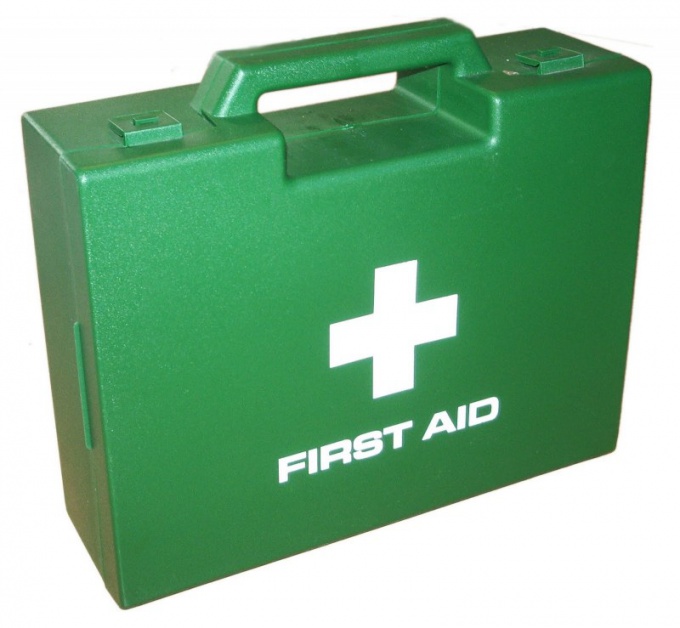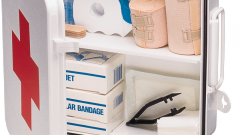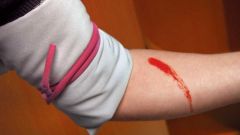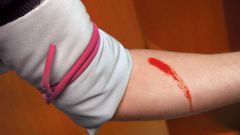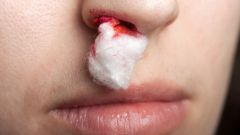You will need
- - gauze or bandages;
- - iodine.
Instruction
1
Capillary bleeding are of two types: external and internal. The exterior is characterized by the release of blood on the entire surface of the wound. Such bleeding occurs when abrasions break the top layer of skin and the shallow cuts. In most cases, the blood soon stops of itself, but if not, you will have to apply first aid.
2
Raise the injured limb so that the wound was above the level of the heart. The bleeding should stop or become not so intense. In the damaged vessel reduces the hydrostatic pressure, which leads to such a reaction.
3
When bleeding will not be as abundant, apply a compression bandage consisting of several layers of gauze, scarves, handkerchief or bandage. When it is saturated with blood, from the top, add another bandage.
4
To temporarily stop the bleeding, maximally Flex the joint above the wound. You squeeze the main vessel, and the blood will cease to flow. The most reliable way – use of a tourniquet. Tighten it as close to the wound, but above it. Under tourniquet enclose a tissue and a note with the exact time overlay. In the summer it can be kept not more than half an hour, and in winter – no more than an hour, and then 15-20 minutes loosen the tourniquet.
5
If the wound is small, but you're afraid that the inside can get infected, abrasions around the skin anoint with iodine or treat it with hydrogen peroxide, and the top attach bactericidal plaster. To scratch healed faster, use medical glue BF-6. If you experience pain apply to the wound pouch with ice or cold water.
6
Internal capillary bleeding occurs in closed injuries (rupture of internal organs due to a fall or punches), penetrating injuries and diseases of the internal organs. Bleeding into the chest is characterized by pallor, shortness of breath, coughing up frothy blood. Sit down, do not eat or drink, call an ambulance.
7
For internal bleeding, going into the abdominal cavity, lie on your back, put his belly a bag of ice or very cold water. Call for an ambulance. Remember, internal bleeding is most dangerous. To preserve the blood supply of organs, take a horizontal position, lift your legs and bend your head. Cover yourself with a blanket to keep warm. These actions will prevent a shock.
